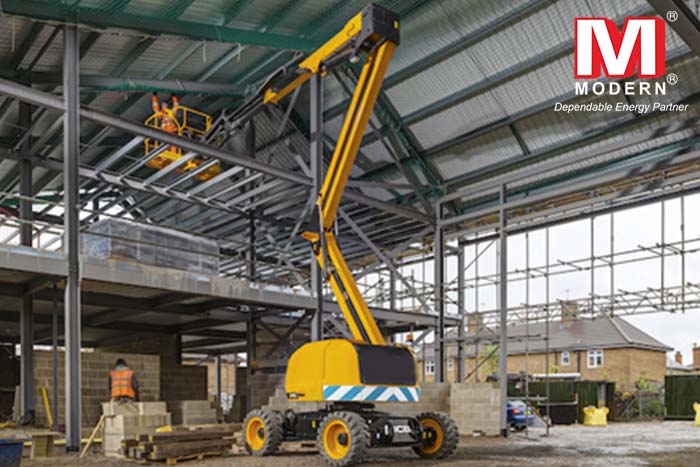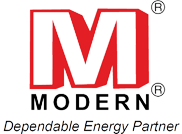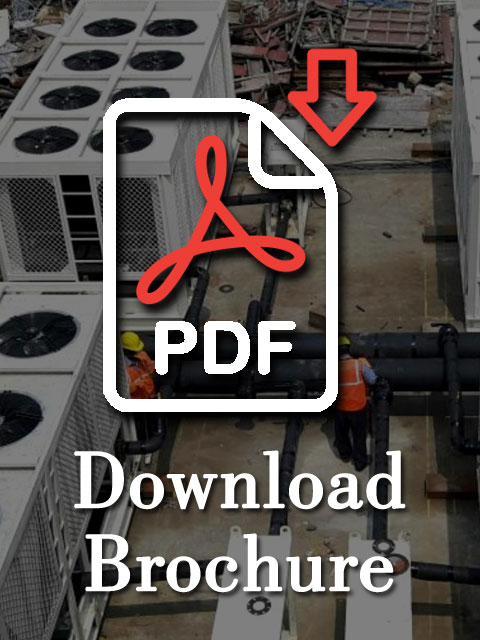
Choosing the Right Electric or Hybrid Boom Lift: A Comprehensive Guide
Electric and hybrid boom lifts have become essential tools for various industries, enabling safe and efficient access to elevated work areas. However, selecting the right boom lift for your specific needs can be a complex task. In this comprehensive guide, we’ll walk you through the essential considerations and factors to help you make an informed decision when choosing an electric or hybrid boom lift for your projects.
Determine Your Project Requirements: Begin by understanding the scope and nature of your projects. Identify factors like required reach height, horizontal outreach, and weight capacity. Your project’s specific needs will guide your boom lift selection.
Indoor or Outdoor Use: Consider whether you’ll primarily use the boom lift indoors, outdoors, or a combination of both. Different models are designed for various environments, so choose one that suits your workspace.
Power Source: Decide between fully electric and hybrid boom lifts. Fully electric models are emission-free and ideal for indoor use, while hybrids offer versatility for outdoor applications and longer runtime.
Terrain and Surface Conditions: Assess the terrain where you’ll be operating the boom lift. Rough terrain models are equipped with features like four-wheel drive and enhanced stability for outdoor use on uneven surfaces.
Working Height and Outreach: Determine the maximum working height and horizontal outreach required for your tasks. Ensure the chosen boom lift can reach the desired work area safely.
Weight Capacity: Check the platform’s weight capacity to ensure it can accommodate the number of workers and equipment required for your projects.
Transport and Maneuverability: Consider the ease of transporting the boom lift to your work sites. Look for models with compact dimensions or features like telescopic booms for easy maneuverability.
Accessibility and Restrictions: Evaluate the accessibility to your work area, including doorways, gates, and other entry points. Ensure the selected boom lift can fit through these openings.
Safety Features: Prioritize safety features, including anti-tilt protection, fall arrest systems, and emergency lowering mechanisms, to protect operators during operation.
Maintenance and Serviceability: Check the ease of maintenance and availability of service and parts for your chosen boom lift model. Reliable support and maintenance are crucial for uptime.
Operator Training: Ensure that your operators receive proper training on the specific boom lift model you choose to promote safe and efficient operation.
Budget Considerations: Create a budget that includes the initial purchase or rental cost, ongoing maintenance expenses, and any additional accessories or attachments you may need.
Environmental Impact: If environmental sustainability is a concern, consider the ecological footprint of your chosen boom lift, especially if it’s fully electric or hybrid.
User Reviews and Recommendations: Research user reviews and seek recommendations from industry peers to gain insights into the real-world performance and reliability of different boom lift models.
Choosing the right electric or hybrid boom lift involves a careful evaluation of your project requirements, environmental considerations, safety features, and budget constraints. By following this comprehensive guide and considering all relevant factors, you can make an informed decision that ensures the safety and efficiency of your elevated work tasks while meeting the specific needs of your projects.

